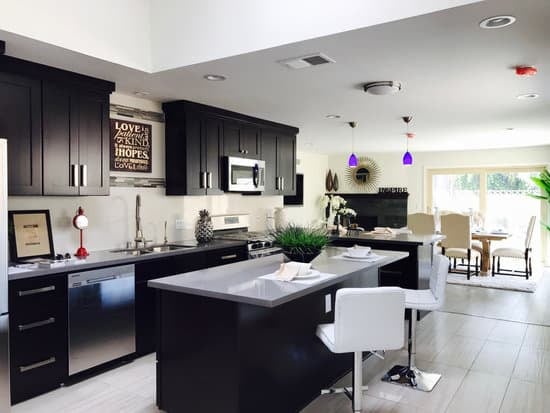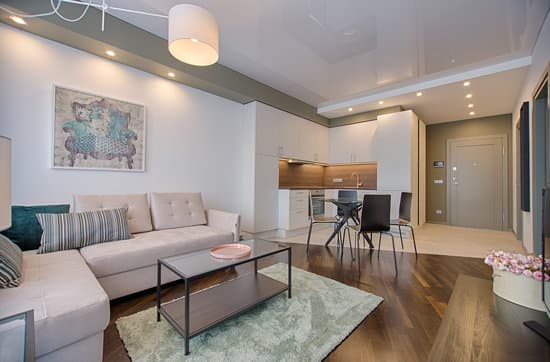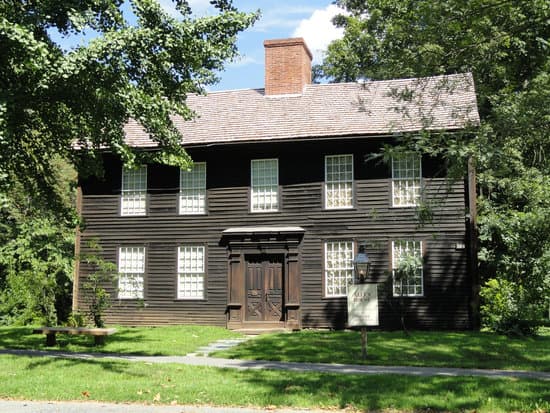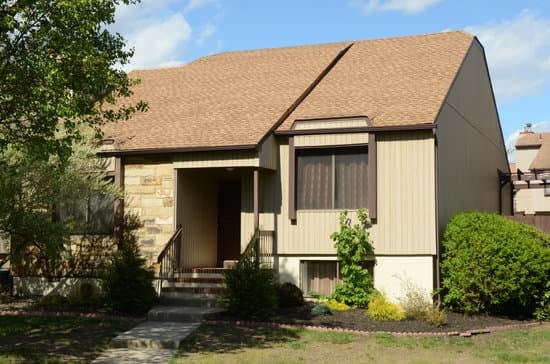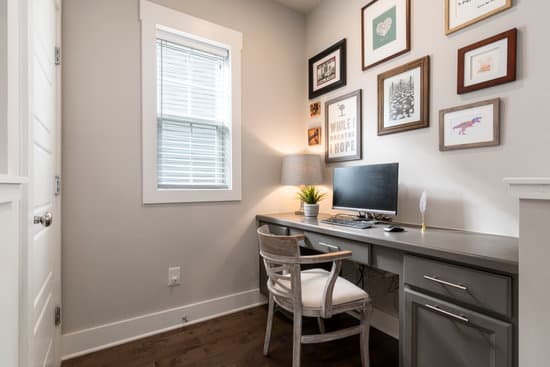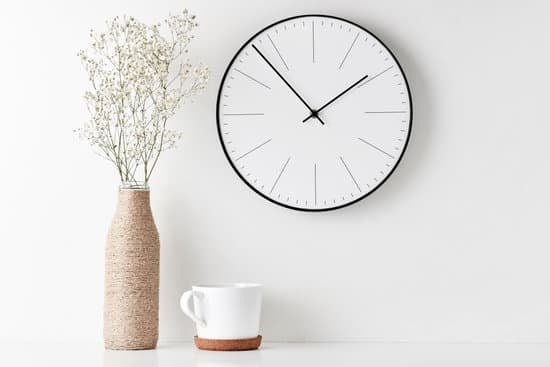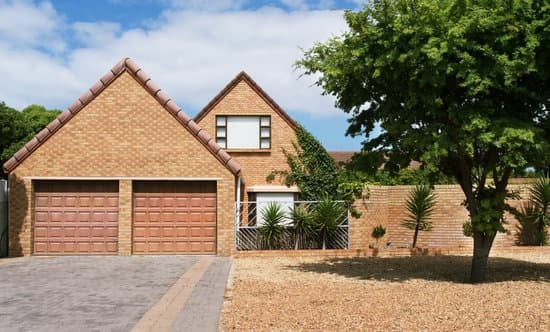Importance of the Location of a Greenhouse for Plant Growth
A greenhouse is an excellent tool for plant growth, as it provides a controlled environment with consistent temperature and humidity levels. However, the location of the greenhouse is just as important as the environmental conditions inside. The location will affect the amount of sunlight that the plants receive and the temperature inside the greenhouse. A suitable location for a greenhouse is one that receives plenty of natural light with some shade during the hottest parts of the day.Optimal Conditions for Healthy Seedlings and Plants
Plants thrive in certain environmental conditions. To achieve healthy growth, there are several conditions that must be met. These include:- Consistent temperature
- High humidity
- Appropriate soil moisture
- Proper air circulation
- Sufficient sunlight
How Sunlight Affects Plant Growth in a Greenhouse
Sunlight is one of the most crucial factors in plant growth. Plants need sunlight to produce energy through photosynthesis, and it also affects the plant’s overall growth and development. The amount of sunlight that enters the greenhouse will affect the temperature inside and the overall growth of the plants. In general, it is best to set up the greenhouse in a location with plenty of natural light and some shade during the hottest parts of the day. This will allow the plants to receive enough sunlight without overheating. However, the amount of sunlight needed varies depending on the type of plant you are growing. Consult the specific needs of the plants you intend to grow before setting up your greenhouse.Factors to Consider When Choosing a Site for Your Greenhouse
When choosing a site for your greenhouse, there are several factors to consider. These include:- Amount of sunlight
- Drainage
- Wind exposure
- Proximity to utilities
- Soil quality
The Effects of Harsh Winds and Cold on Greenhouse Plants
Harsh winds and cold temperatures can damage greenhouse plants, especially seedlings. Winds can cause physical damage to the plants, while cold temperatures can stunt growth and kill the plants. When setting up your greenhouse, it is crucial to choose a location that is shielded from harsh winds and has some protection from cold temperatures.Strategies for Shielding Your Greenhouse from Extreme Weather
There are several strategies for shielding your greenhouse from extreme weather:- Plant windbreaks around the greenhouse
- Install insulated curtains or blankets on the greenhouse
- Choose a location that is naturally shielded from wind
- Use insulation on the greenhouse foundation to protect from cold temperatures
Common Mistakes to Avoid When Choosing a Greenhouse Location
Choosing the wrong location for your greenhouse can lead to poor plant growth and even plant loss. Some common mistakes to avoid include:- Setting up the greenhouse in an area with too much shade
- Choosing a location too close to trees or other plants, which can block sunlight
- Installing the greenhouse on a sloping site, which can cause drainage problems
- Neglecting to consider the surrounding environment, such as wind exposure and flooding risks




